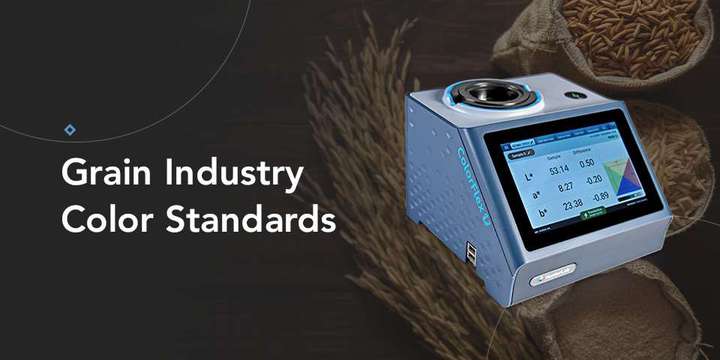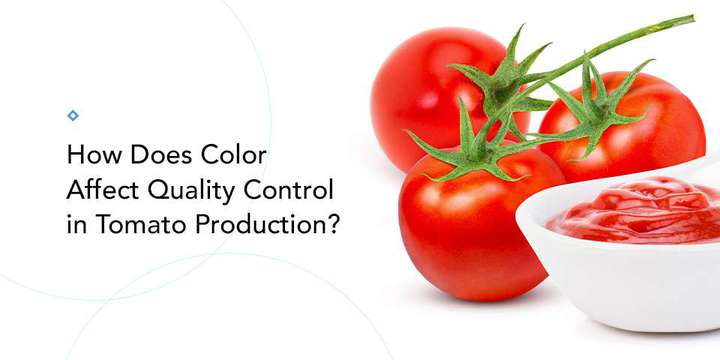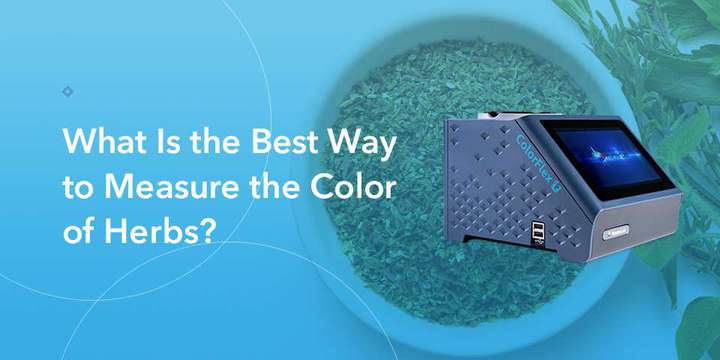Tomatoes are essential in meeting global nutritional needs, improving health, and generating economic impact for communities worldwide. Billions depend on this crop — the second most grown vegetable on Earth — for better physical well-being and financial gain. As a result, color is a critical factor in quality control for tomato manufacturing.
The Role of Color in Tomato Quality Control
Tomato color influences customer preference, quality perceptions, grading classifications, and market value.
Meeting Consumer Preferences
Assessing color is one of the primary ways consumers make buying decisions. They see a tomato with a rich, red hue as a promise that it was harvested at the peak of freshness and flavor. Unripe ones and heirloom green varietals hint at a delightfully tart taste, perfect for a favorite Southern dish. Similar color associations exist for tomato-based products, such as tomato paste and sauce.
Beyond taste, tomatoes are prized for their nutraceutical content — they're high in several vitamins and minerals, antioxidants, and fiber that offer physical benefits. The more their color meets or exceeds customer expectations, the higher the consumer perceptions of the product's safety and quality. Increased confidence in those traits directly translates into a rise in purchase likelihood.
Conforming With Standards
Modern tomato processing facilities are covered entities under Title 21 of the Code of Federal Regulations, which subjects them to oversight by the Food and Drug Administration and the United States Department of Agriculture (USDA). As a result, they must follow Current Good Manufacturing Practices, which include measuring color as part of quality assurance. The USDA sets color tolerances for tomatoes to help determine their grade, meaning quantifying color is essential for proper classification.
Those operating under voluntary frameworks may also need to evaluate color for conformance with the guidelines. For example, the Safe Quality Food standards specify color analysis as a vital quality assurance measure under several codes.
Leveraging Financial Potential
Businesses that thrive often do so by maximizing their profitability, and color quality is a key driver in that quest. Generating high consumer quality perceptions through color can help goods fetch premium prices, as buyers with increased product confidence are frequently willing to pay more for extra peace of mind.
For companies seeking to expand, color quality becomes even more essential. Tomatoes and tomato-based products must meet specific standards to access new markets that can help spur organizational growth.
For example, the EU has multiple standards that apply to imported tomatoes and tomato-based products. These help establish the minimum grades acceptable for sale within the bloc, and color is a primary determinant in that classification. Individual EU countries may also impose their own standards for the crop and its processed goods. Accurately quantifying color to prove conformance with the standards makes it easier to access these high-value markets.







